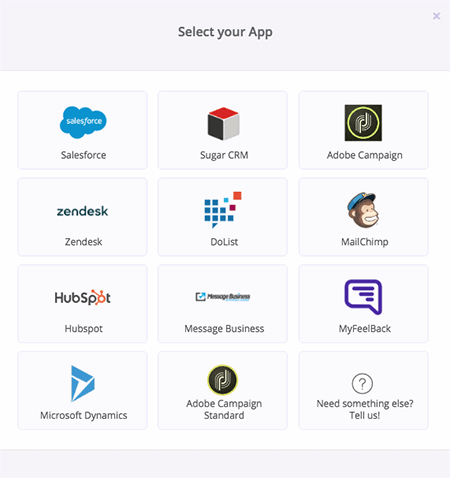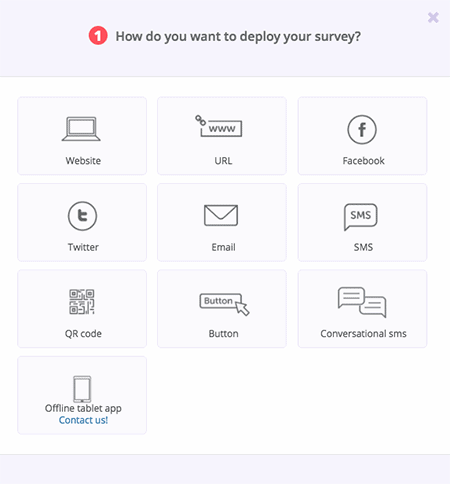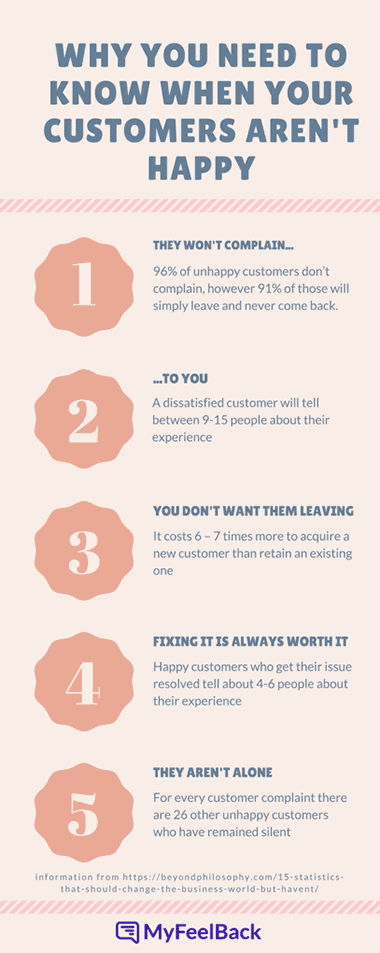So you’re a seasoned marketing officer, you’ve got a great team, you create killer campaigns, and you’re seeing the results you want, but know there is always room for improvement and you want to do more. Or maybe you’re the new chief marketing operator of a growing company who is looking to revamp its marketing,...
So you’re a seasoned marketing officer, you’ve got a great team, you create killer campaigns, and you’re seeing the results you want, but know there is always room for improvement and you want to do more.
Or maybe you’re the new chief marketing operator of a growing company who is looking to revamp its marketing, and you’ve exhausted all of your tricks and are not getting the results you need in order to keep your job.
Or, you’re the CEO, CMO, and CFO of your own start up company, desperately trying to wear all of the hats at once as you grow into what you know it can be.
No matter what kind of CMO you are, there are 5 things that you absolutely should know about your customer in order to properly market to them. These things are irremplaceable nuggets of knowledge that are the key to understanding your customer. Luckily, they are relatively easy to find out. So what are they?
#1 Know what language your customer speaks
English? French? No, that’s not what we mean. Hopefully, you already know what literal language your customer speaks. What we mean by knowing the language they speak is that you need to know the stylistic language your customer speaks. Are your customers experienced business people who hate being talked down to? Or are they family consumers who don’t even have the slightest idea what the terms ROI B2B and KPI mean? Are they comfortable reading a blog that uses relaxed language and slang? Do they prefer technical, industry specific language that gets straight to the point? Do they appreciate a good anecdote? Do they retweet statistics and graphs? Are they visually impaired? Do they know HTML?
When you spend 50% of your marketing team’s efforts on content creation, it is imperative that you know what kind of content you should be writing. If you don’t know what language your customer speaks, it’s easy to find out. Track some customers on social media and see the way that they interact online. What types of articles do they like? How do they actually speak themselves? This little bit of research can give you big insight on how to talk to your customer through content.
#2 Know their history
No, you don’t need to have all of your customer’s purchase history memorized. But you really should have a CRM that traces your customer’s buyer journey so that it is easily accessible every time you talk to a customer. If you don’t know the last time your customer interacted with your company, you will be flying blind when you talk to them. And if you do know the last time your customer interacted with your company, you have the massive advantage of being able to guide them in the right direction through your conversation. There are CRM options that allow you to track every click, phone call, and purchase that your customers initiate, and it’s a really good idea to invest in this kind of intelligence if you are at all able. When the online space is getting so competitive, you really can’t afford not to.

MyFeelBack is integrated with several CRMs. Find out which ones by clicking here.

A few of the things you can record about your customer. Source.
#3 Know what makes their blood boil
You aren’t reaching your full marketing potential with your customers unless you know what challenges and obstacles they face in their day to day routine. Think about your life. Think about the moments in your day when you feel discouraged, exhausted, and sad. Now think about how grateful you are when something comes along to ease that pain. It could be a friend who offers good advice, a tool that helps you to overcome your obstacle, or knowledge that helps you to solve your problem. As a marketer, you want to be that friend, tool, and information for your customer. Your blog content should be targeted towards addressing your customer’s pain points. Your product or service should be targeted towards helping them solve their problems. Your brand identity should be packaged as a trustworthy friend who is there to help, and then your product should deliver. If you don’t know what is making your customers hurt, how can you help?
#4 Know where they hang out (online)
Are you spending time and money on Facebook ads when your target audience prefers instagram? Are you wasting 2 hours on an email newsletter when you should be putting that content on LinkedIn? You’ll never know unless you take the time to figure out what social media platforms your customers regularly use. Social media marketing is all about exposure, and if you’re missing your target audience by marketing to the wrong people in the wrong places, you will lose money. The best way to find out where your customers are spending time is to send out a multi-channel survey that can be accessed online, from a mobile device, and through social media. Ask your customers which social media outlets they prefer, and how they like to be contacted. Also pay attention to what medium you get the most responses on. If everyone uses their mobile phone to respond to your facebook survey, you have a lot of information right there.

#5 Know when they are upset with you
Probably the most valuable piece of advice you can collect on your customer is learning about any instance of a negative interaction with your company. Customers often do not complain when things go wrong, but they do leave, and they often speak badly about your company once they’ve left. This means that an angry customer is a huge liability if you don’t find out about the problem as soon as possible.

When you know something is wrong, you can do what you need to do to fix the issue and keep your customer loyal to your company. Make sure you send out regular customer satisfaction surveys and that you have a receptive, active social media presence where customers can inquire and file complaints in real time. A phone number that connects your customers to a real live human who can help solve their problem is a must as well, if it is at all within your company’s budget. Whatever you do, make sure you stay on top of your customer satisfaction, because happy customers are the key to a happy business.








